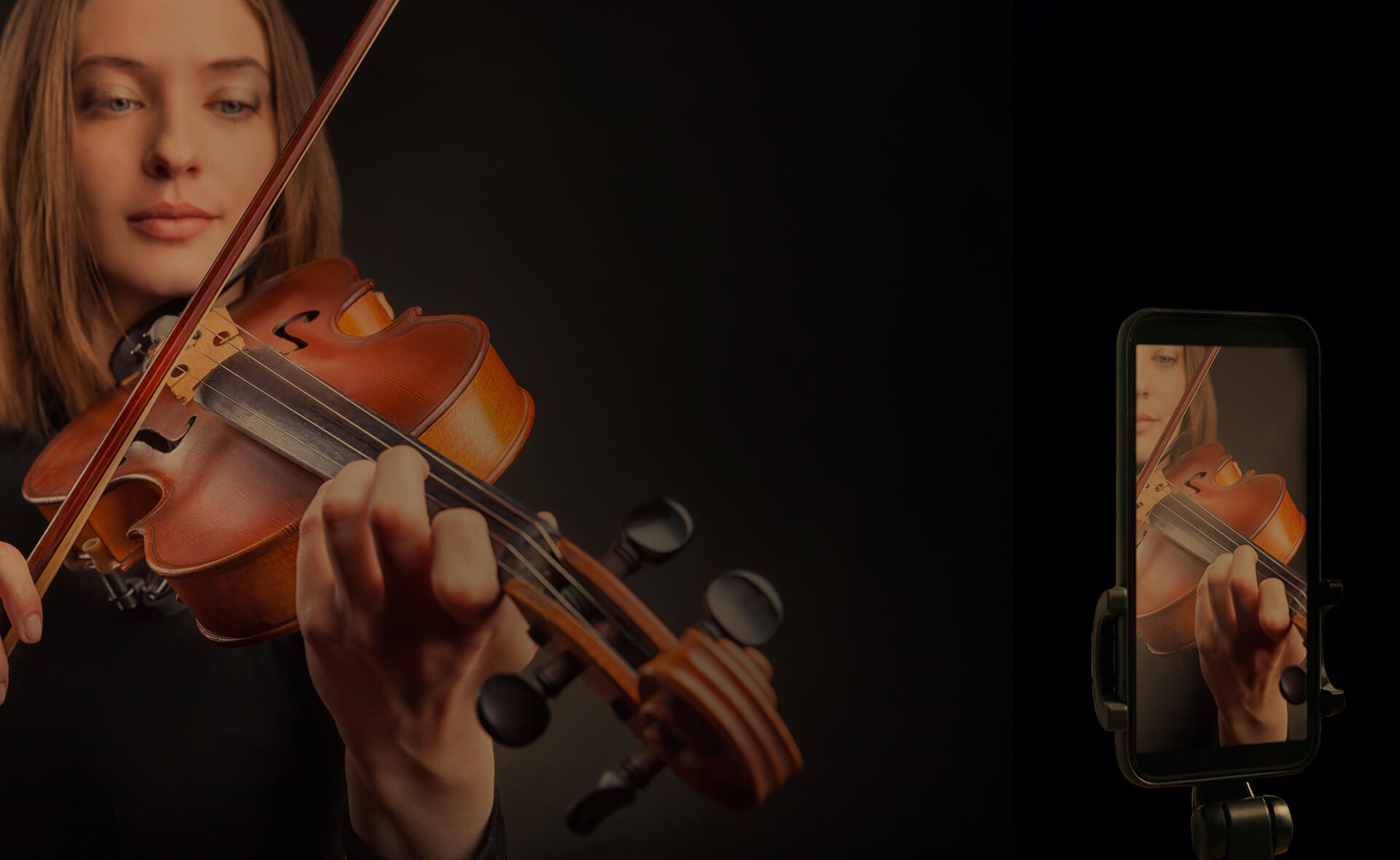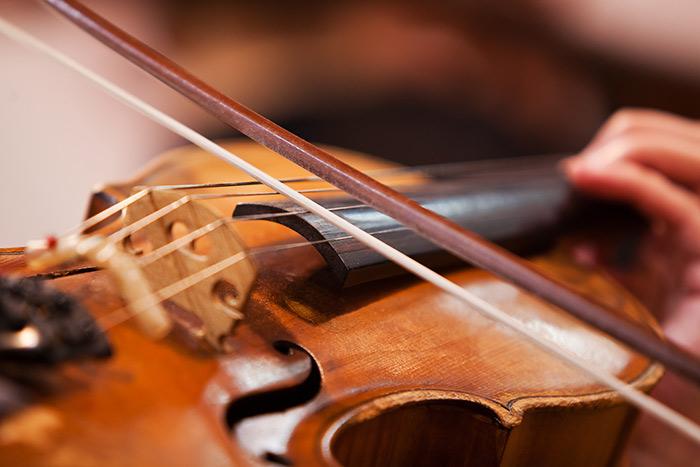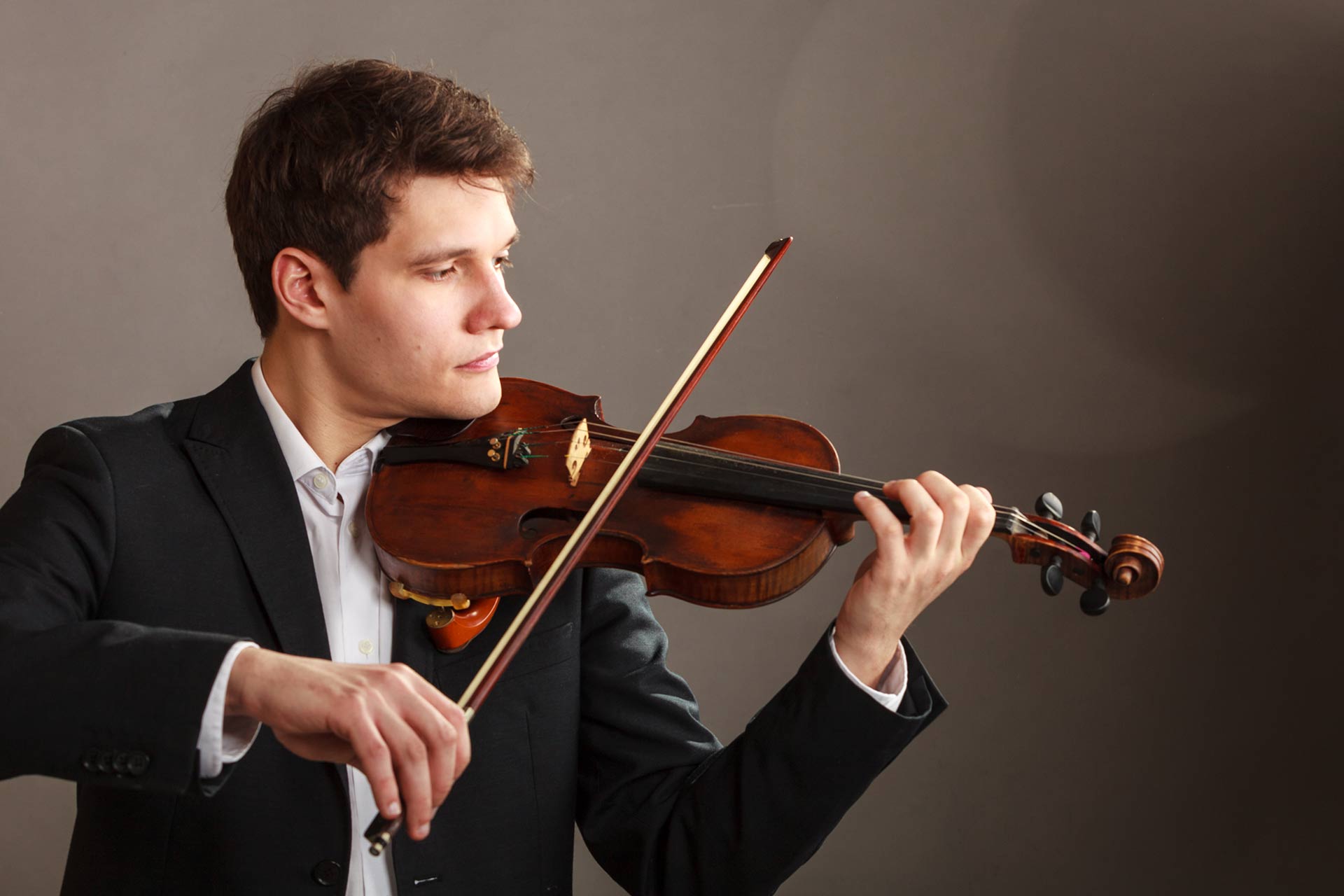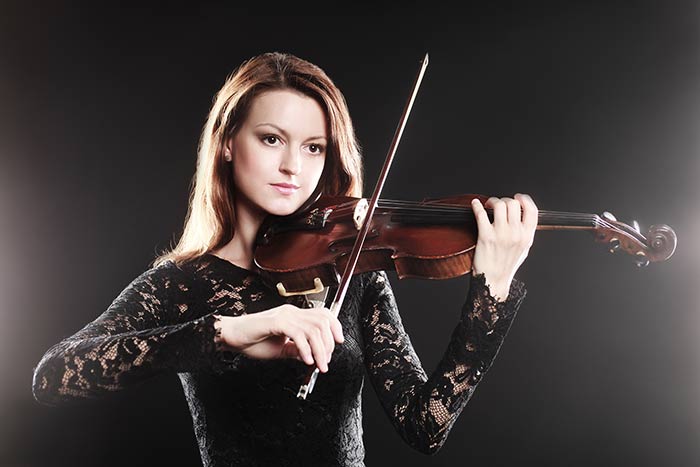I’m thrilled to welcome you on our wonderful journey through violin playing. I’m truly passionate about music and have always loved to popularise the beauty and power of art.
Beginning to learn to play the violin is not the easiest part. Dealing with two completely different techniques that both hands must perform at the same time, as well as the unusual hand position, may be challenging even for professional musicians. Therefore it is important to be patient and kind to yourself while practicing.
You will see most progress after enjoying the journey of systematic individual practice, instead of fixing your attention mostly on the outcomes. Perfectionism is not necessary to improve, the most important thing is to enjoy the music.
Not only will regular and constructive feedback be beneficial for the violin beginner, but also choosing appropriate repertoire which gradually increases in difficulty and simultaneously develops the particular skills that are necessary to play the instrument, for example left and right hand techniques, aural skills, sense of rhythm and music theory.
Since choosing new repertoire may be challenging at first, I’m excited to present for you 5 easy violin pieces for beginners which I have chosen carefully.
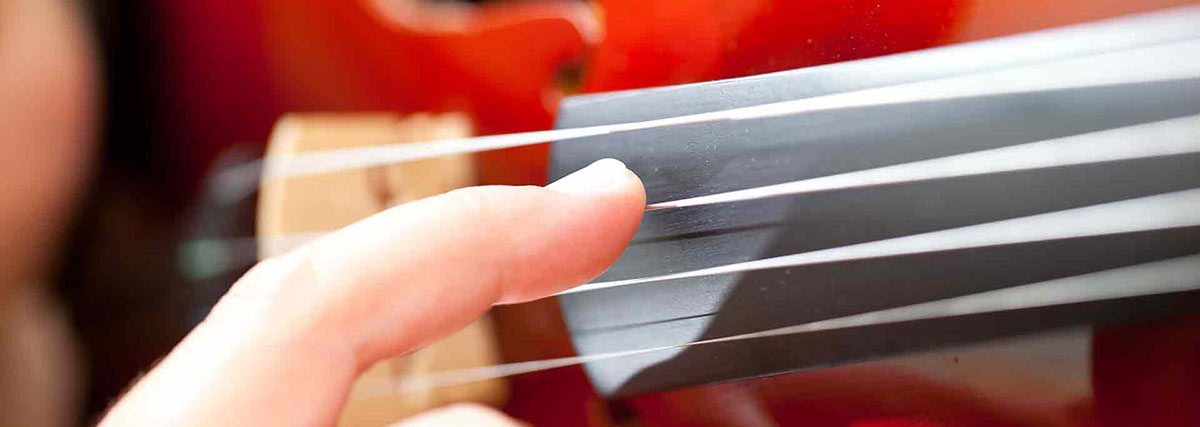
Beginning without the Bow
https://www.youtube.com/watch?v=dCx1jD_RxbY
When starting to play the violin, we must consider the other factors that need to be learnt alongside violin playing. Therefore I would recommend slowly introducing oneself to music theory, aural skills as well as violin techniques.
Probably you have already realised the difficulty and complexity of the bow hold. For that reason I would start from pieces based on pizzicato, (plucked string), and open strings.
I have been working with my students through The Vamoosh Violin Book 1 written by Thomas Gregory. It is a well-organised, fun violin book with recorded accompaniment. The first song, Willow Waltz, will slowly introduce the beginner to the violin strings, the names of the strings, their position on the violin, and the pitch of each note, as well as establishing the popular waltz rhythm in three. Another advantage of this piece is the lack of music notation, the student can easily concentrate on the correct violin posture, position of the left hand which is not the most comfortable at first, and the right hand pizzicato technique.
Even successful violinists are continuously looking for the most natural and comfortable position; the relationship between the neck, shoulder, arm is complex and finding comfort in the left hand doesn’t always come easily.
That is the beauty of learning the instrument, the learning never ends.
The book suggests to start introducing music notation from the 3rd song, and later adds music definitions. Meantime, I would suggest practicing bow hold, through exercises given in the lesson.
The bow is very heavy, at first it may be too heavy for a beginner. It would be beneficial to gently and patiently learn the bow hold, without causing any unnecessary tension. To improve flexibility of your fingers and joints, you should be practising on a pencil, later on longer and heavier wooden sticks.
If the repertoire is too challenging it may be discouraging. Therefore the student should be working separately on technique and pieces. It is difficult to choose any etude for a beginner, and for that reason every violin student should be practising scales.
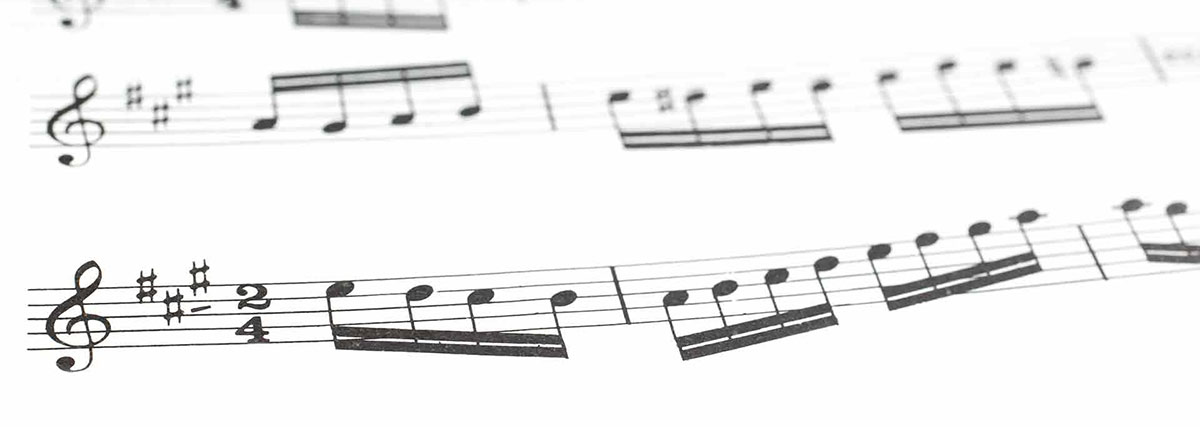
Scales the Basis for Music
All of the pieces for beginners are written in a straightforward scale pattern. The most fundamental finger position the beginner needs to establish is 0-1-23-4, where 0-1 and 3-4 are whole tones and 23 is a semitone.
It is recommended by the ABRSM grades exam to start with D major, G major and A major one octave where all of the scales have the same finger pattern, using only three fingers 0-1-23 and open string.
Playing the open string at the beginning, in the middle and at the end of the scale is beneficial to support the intonation. It is common to slightly play sharp (too high) or flat (too low), the open string will help the student to avoid slow movement towards a different key. Later, I would introduce the 4th finger in the E minor natural scale, starting from the first finger on the D string. When the student feels comfortable with the left hand I would highly recommend to practice different rhythms, bowings and dynamics.
The great violin teacher, Sheila Nelson in “Right from the start” presents the most common bowings and rhythms that are used in easy violin pieces for beginners, which I would suggest practising on a scale or open string. A well-based hand position will allow the player to freely learn the pieces for beginners, and experience the joy of music.
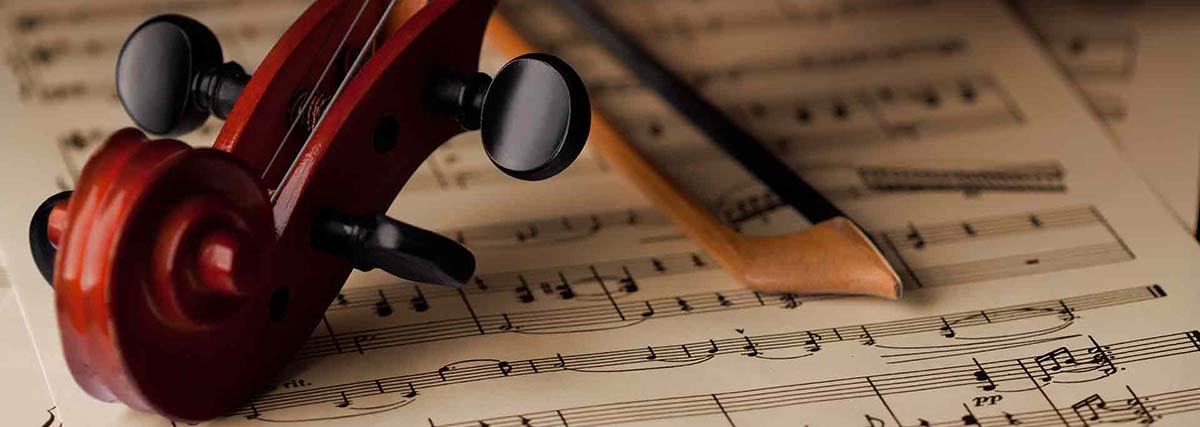
Easy Piece for Violin Beginners
https://www.youtube.com/watch?v=qyr501TpwN8
While establishing the correct hand position on the violin, the beginner may practice pieces alongside the scales. It would be most beneficial to choose a scale that is in the same key as the piece the student is playing. I would recommend choosing a piece based on 0-1-23 finger patterns.
‘Footprints on the Snow’ written by Thomas Gregory in The Vamoosh book is an excellent choice. The student will learn and establish the finger pattern on the D string, the string crossing between the D and A string, pizzicato either in right or left hand, Italian tempo markings and music notation. The accompaniment included with the book, and available on youtube, will not only help to keep the steady tempo and intonation, but also make the practice more fun and enjoyable.
This piece is on the list of one of the ABRSM initial grade exam pieces. If the student will decide to enter the grade exams it would be useful to practice with the ABRSM exam book.

Exploring the 4th finger
https://www.youtube.com/watch?v=U2-RWfiqNkg
The 4th finger helps the player to keep the same sound and colour while staying on the same string. It also may be technically easier to stay on the same string, and avoid string crossing.
I would recommend having a look at the song A3 Lightly Row from the ABRSM 2020 Violin Initial Grade. While practising I would suggest using the 4th finger instead of the open A string.
This beautiful Japanese folk song will be truly joyful to play with the previously recorded accompaniment. Especially during lockdown, I’m grateful for all available tools. Also, as I advised before, the 4th finger may be introduced and practiced also in the E minor scale in different bowing variations.
To be able to read music quickly, to learn pieces faster and possibly play freely while taking part in shared music making, the student should be practicing sight-reading.
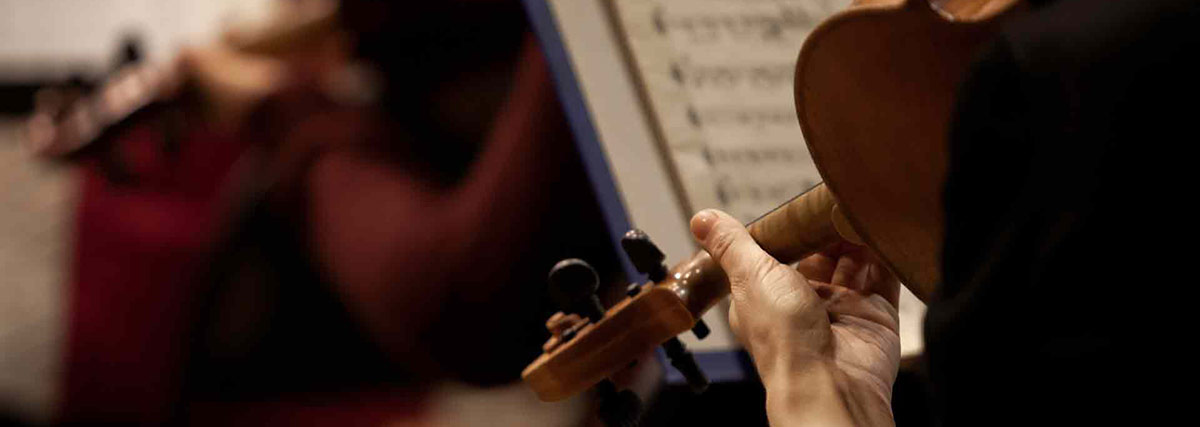
The Time Saver
UK’s musicians are considered to be the best sight-readers in Europe. Due to the hectic and fast moving lifestyle of a professional orchestral player, the UK’s instrumental curriculum emphasises the importance of sight-reading.
This skill is tested on every grade exam, and on most of the auditions either to music school, or orchestra. Developing that skill will save student’s time and allow them to make bigger improvements.
I would recommend going through the books written by Paul Harris, ‘Improve your Sight-reading.’ The author not only presents well organised exercises, but also advises a particular way to practice sight- reading both in the supporting notes at the beginning of each chapter as well as in the Golden Rules.


